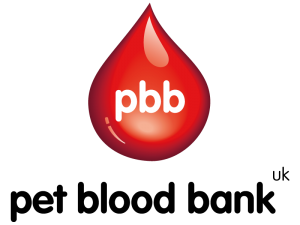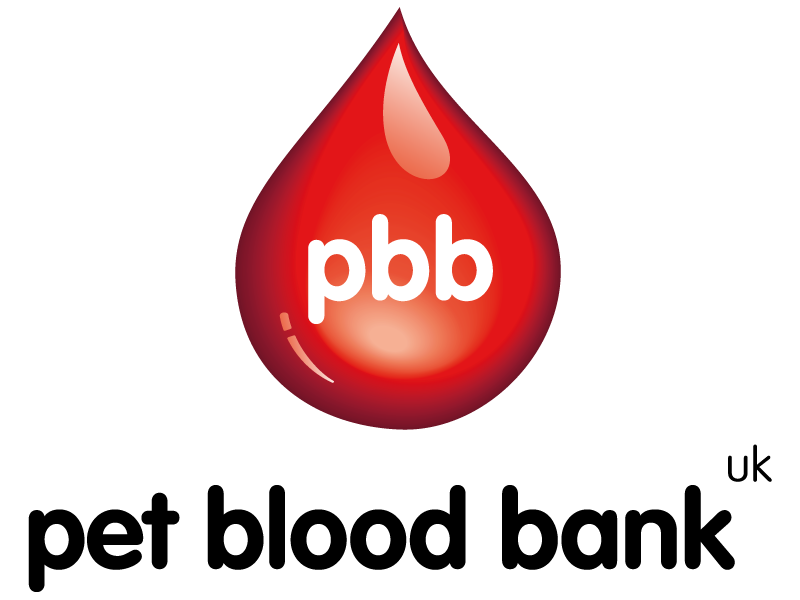SOP/QUA/06/08 – Donor Adverse Reaction Procedure (Collection)

Whilst blood donation is generally a very safe procedure, and we take every safety precaution possible to safe guard our donors, we do sometimes see adverse reactions. Mostly these are very mild, but we must manage them in a specific way. Read the SOP before continuing with the lesson.
Reactions that are graded as medium or severe must be documented on an adverse reaction form. Use the below link to look at the donor adverse reaction form.
Please also reference the associated INF Docs below that provide additional information and guidance on grading reactions and haematomas and how to correctly complete the adverse reaction form. (If you’ve not already accessed them via the links in the SOP.)
We have put together the below short presentation on our donor adverse reactions to show you the types of reaction, how they are graded and actioned and ending with a case study to show the importance of actioning them correctly which is based on a real donor. The password to watch the presentation is: Adverse23
Please familiarise yourself with the contents of our CRASH box so that you are aware of what is available should you need it. We do have intravenous catheters and fluids along with equipment for endotracheal intubation and some resuscitation drugs and for severe reactions post donation the donated blood may be returned to the donor.
We also have a Donor Adverse Reaction webinar by Simon Tappin, which discusses the types of donor adverse reaction you might see and how they should be managed. If you wish to have this webinar assigned please contact the Training Department so we can allocate it to you : cpd@petbloodbankuk.org
Please complete the recap exercises below before marking the lesson as Complete to finish.
Please mark the lesson as complete and move on.

